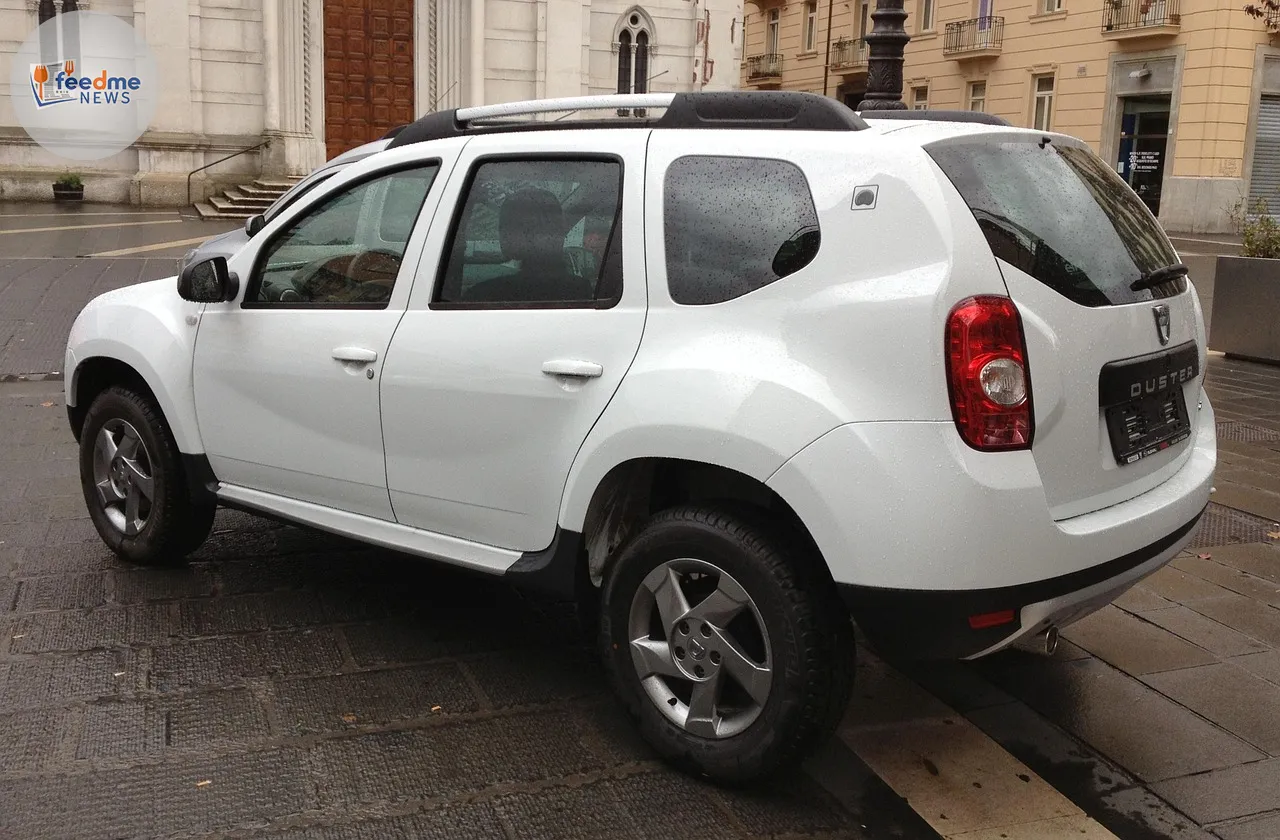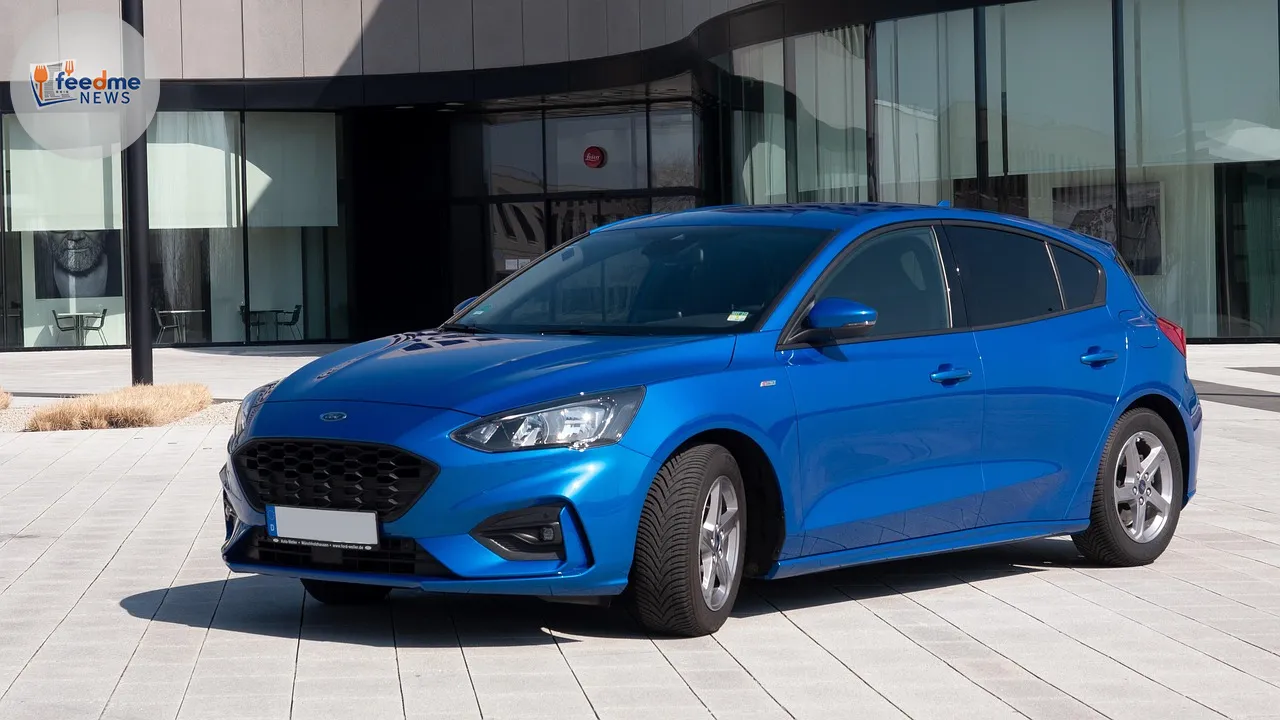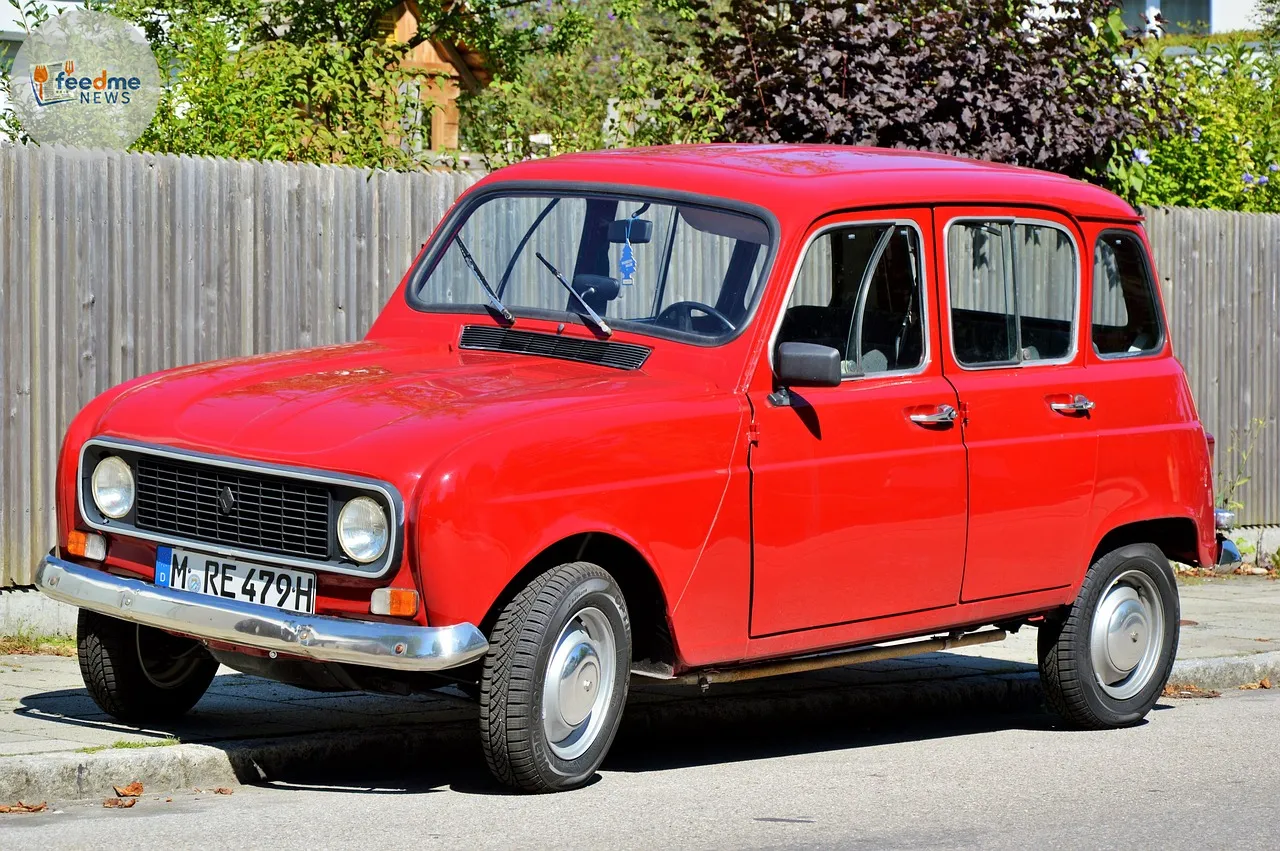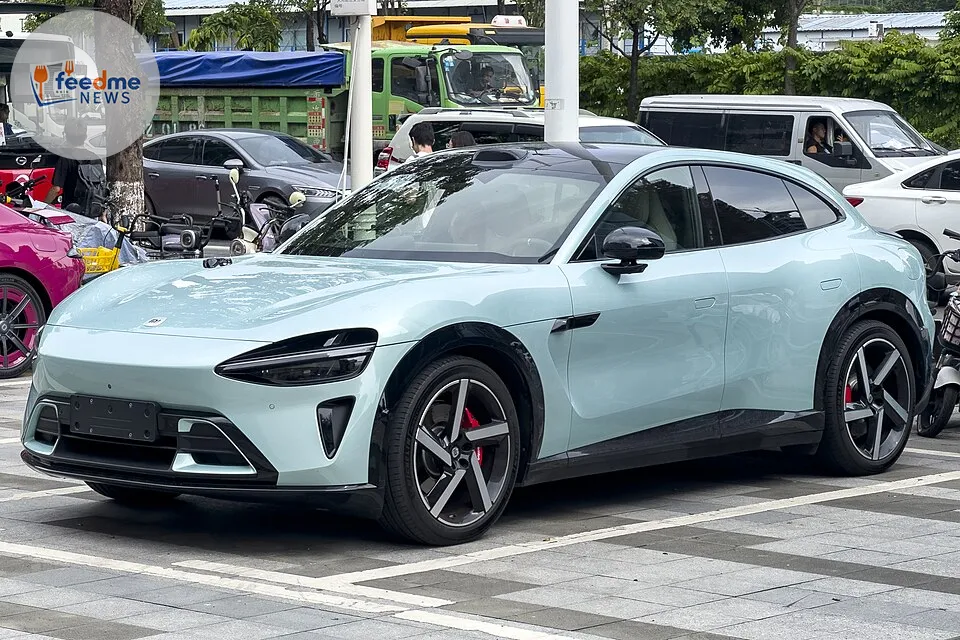In the world of automotive manufacturing, where luxury often comes with a hefty price tag, Dacia stands as a beacon of affordability. Under the dynamic leadership of CEO Denis Le Vot, the Romanian carmaker has managed to offer quality vehicles at impressively low prices. At a recent launch event for the Dacia Bigster in Provence, Le Vot shared insights into the company’s unconventional strategies that have led to its success in a competitive market.
The event took place in June 2025, marking a significant milestone for Dacia as it introduced the Bigster, a new SUV that promises both style and affordability. Priced from £25,000, the Bigster is set to challenge its competitors by offering premium features at a fraction of the cost. This launch highlights Dacia’s commitment to providing value without compromising on quality, a philosophy that has been pivotal in its growth.

Modularity: The Core of Dacia’s Cost Efficiency
Dacia’s approach to cost management is rooted in modularity, a principle that has become essential in the automotive industry. Unlike many car manufacturers, Dacia takes modularity to an extreme, allowing the brand to produce a range of models with shared components. This strategy significantly reduces production costs and speeds up the manufacturing process.
All Dacia models, with the exception of the Spring EV, share identical components up to the B-pillar. This innovative approach allows for easy adaptation between different models. For instance, transforming the Renault Clio into the Sandero required minimal changes, and further modifications for the Duster and Bigster were efficiently managed. By focusing on modular design, Dacia not only cuts costs but also enhances production efficiency, enabling it to maintain competitive pricing.
Understanding Customer Needs: A Tailored Approach
Le Vot emphasises the importance of understanding customer preferences and tailoring products to meet those specific needs. This customer-centric approach ensures that Dacia vehicles are equipped with essential features that buyers truly value, avoiding unnecessary additions that inflate costs.
The Bigster exemplifies this strategy with features like dual-zone air conditioning and an electric tailgate, which were included based on customer demand. By focusing on what buyers in key markets, such as Germany, consider essential, Dacia can offer a product that meets expectations without superfluous extras. This precise alignment with customer needs is a testament to Dacia’s ability to deliver value-driven vehicles.
Strategic Supplier Partnerships: Negotiating for Success
A critical component of Dacia’s cost-cutting strategy lies in its robust supplier negotiations. Le Vot’s experience in challenging markets, including his tenure in Russia, has honed his skills in securing favourable terms with suppliers. Dacia’s approach involves setting a target price for each vehicle and working backwards to ensure all components fit within that budget.
By defining the Bigster’s price at €25,000 and the hybrid version at €30,000, Dacia engages suppliers in a collaborative process to meet these cost targets. This method ensures that each part is produced at an optimal price, allowing Dacia to maintain its competitive edge. Le Vot’s firm stance in negotiations underscores his commitment to cost efficiency, a cornerstone of Dacia’s business model.
The Future of Affordable Automotive Excellence
As Dacia continues to expand its presence in the global market, its commitment to affordability and quality remains unwavering. The Bigster’s launch represents a significant step forward, showcasing Dacia’s ability to innovate while adhering to its core principles. By maintaining a focus on modularity, customer needs, and strategic supplier relationships, Dacia is well-positioned to navigate the challenges of the automotive industry.
Looking ahead, Dacia’s success story offers valuable lessons for other manufacturers seeking to balance cost and quality. As the automotive landscape evolves, Dacia’s strategies will likely influence industry practices, highlighting the importance of efficiency and customer-centric design in achieving sustainable growth. With its unique approach, Dacia continues to redefine what it means to deliver excellence at an affordable price.





